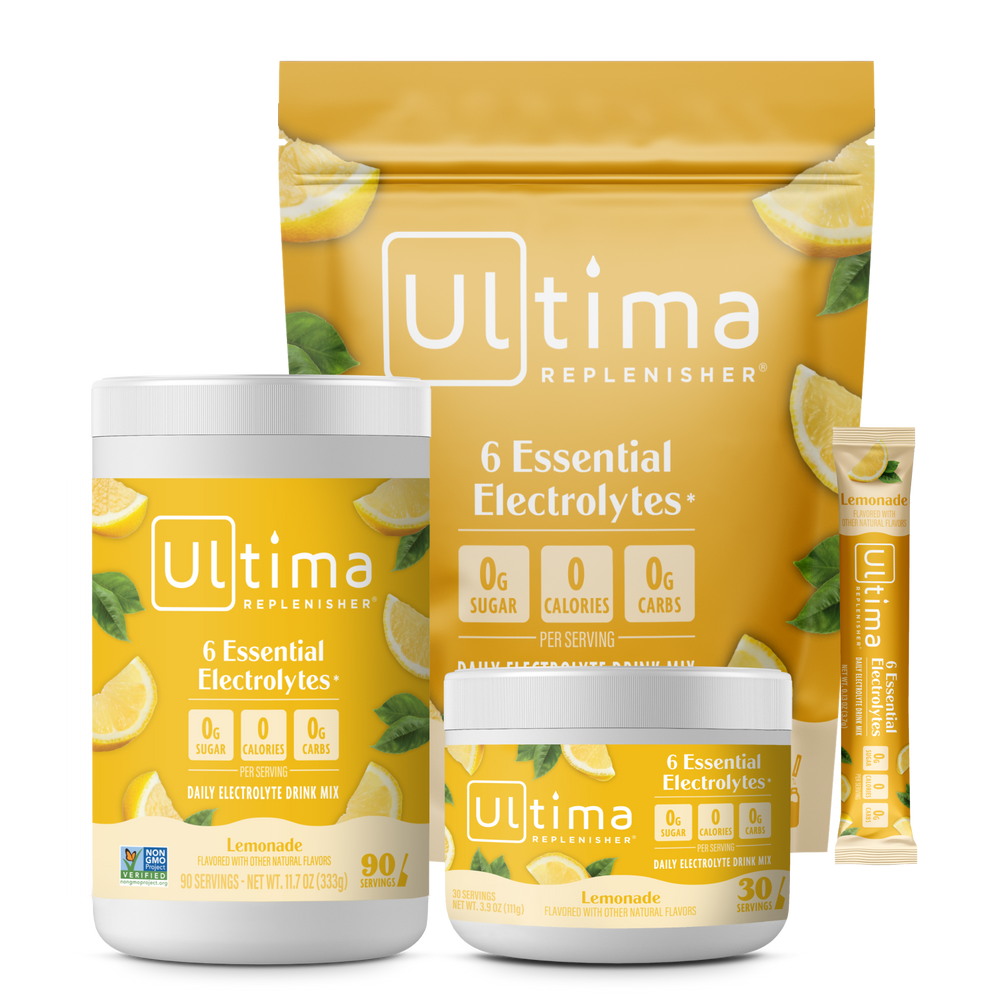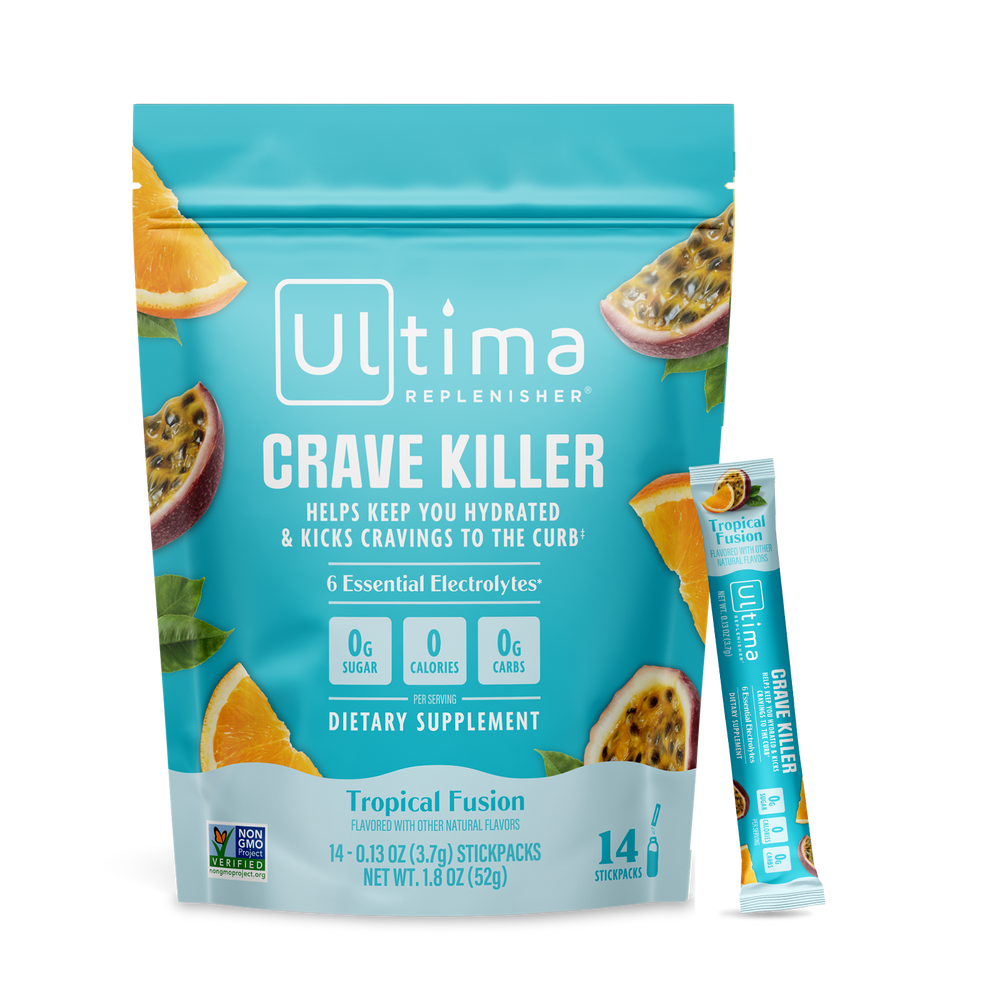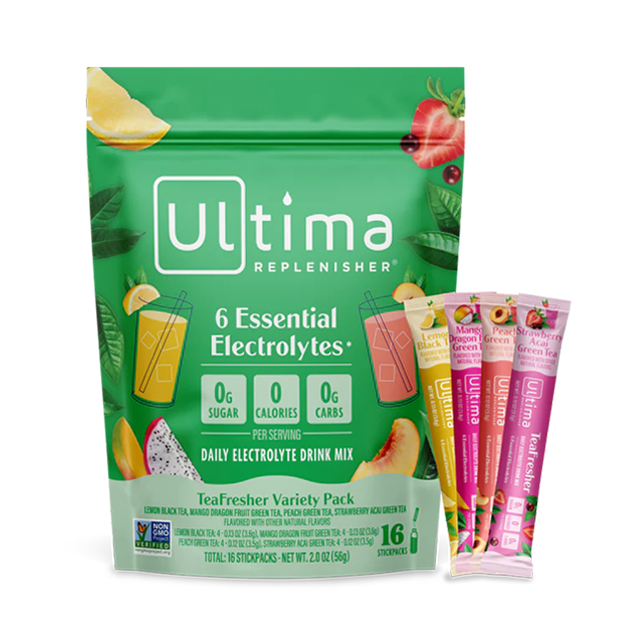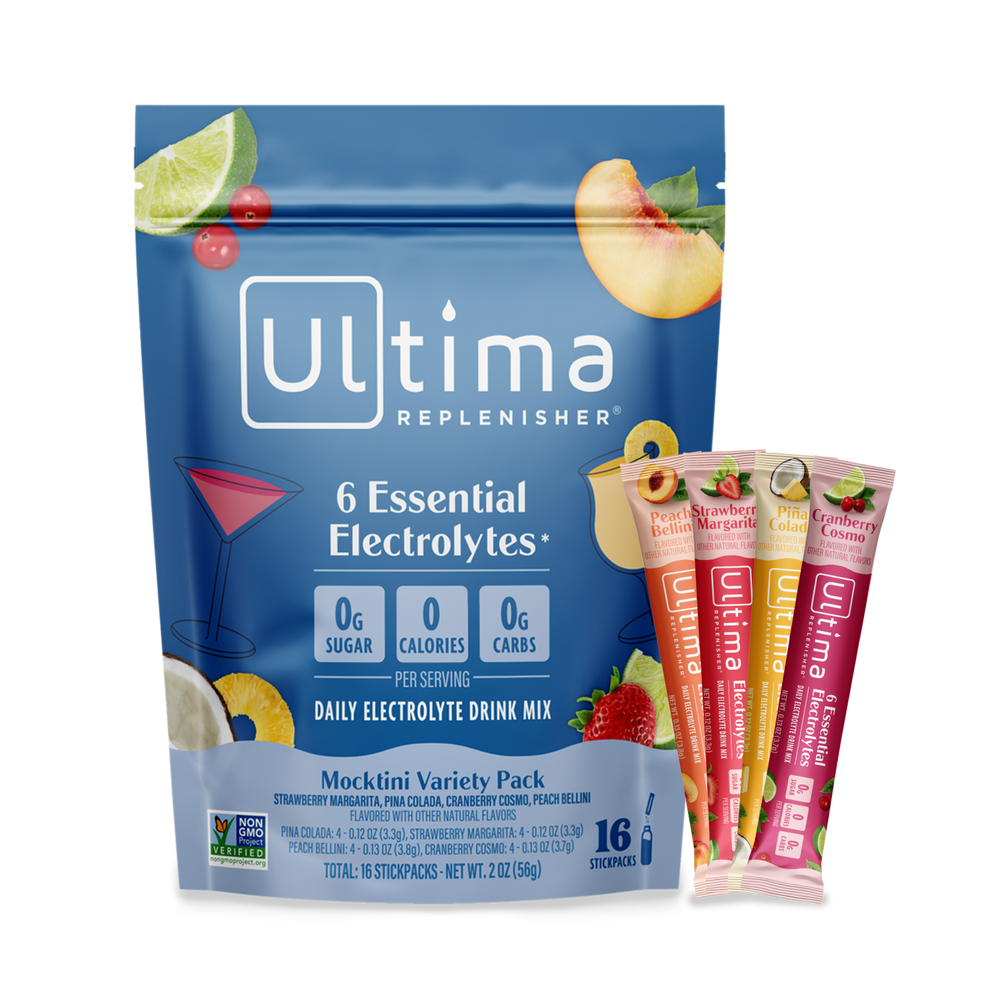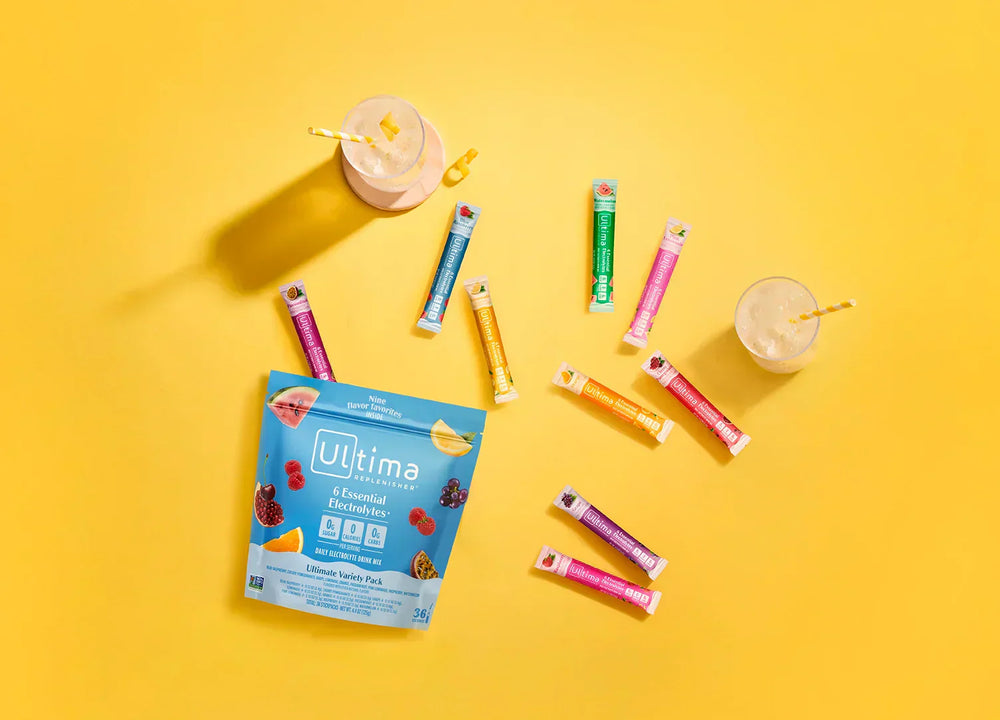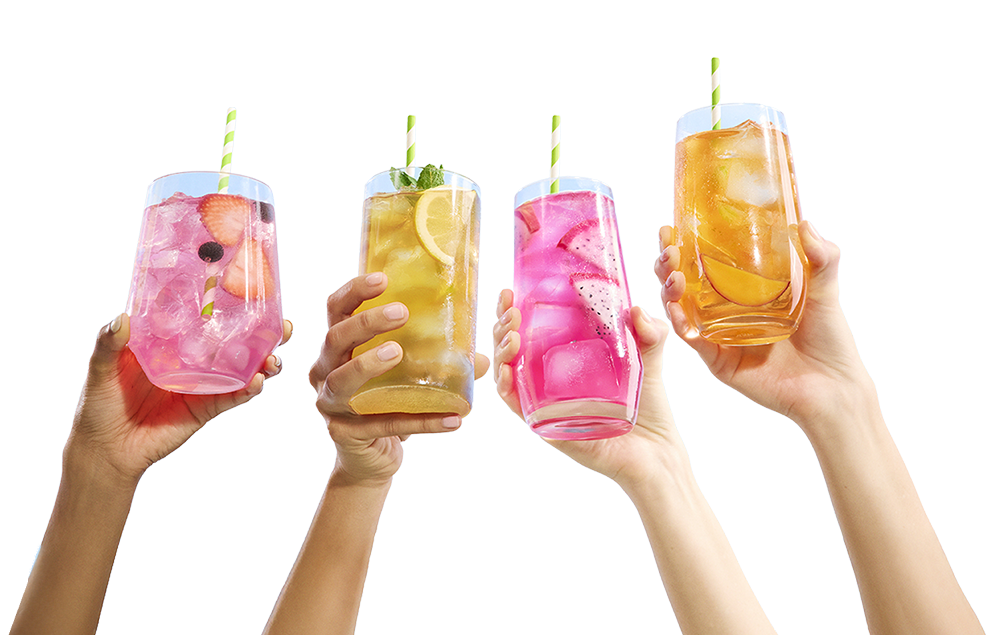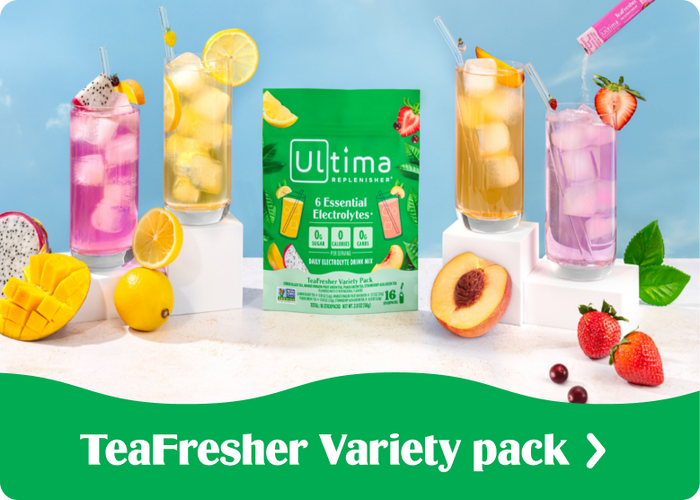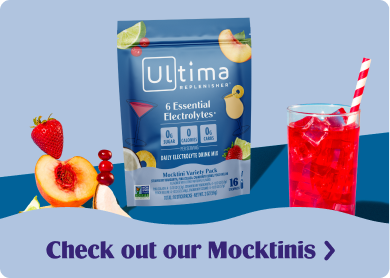
Hydration & Nutrition for Youth Athletes
By Kelly Jones MS, RD, CSSD
As a parent, you want to do what’s best for your child and while also keeping them happy. When it comes to nutrition and hydration, there is a lot of mixed messaging, so it’s important to stick to both science and practicality for your family. When it comes to hydration for youth athletes, for the average child engaged in regular physical activity, including many sports, utilizing sports drinks in lieu of water is generally unnecessary (1). As indicated by the Committee on Nutrition and the Council on Sports Medicine and Fitness, frequent intake of the added sugar provided by sports drinks may adversely affect the appropriate balance of carbohydrate, fat, and protein intakes needed for optimal growth, development, body composition and health (2). In this article we will discuss hydration needs for children and adolescents, general nutrition guidelines for activity, practical tips to meet fluid needs and the times that sports drinks would actually be appropriate.
Hydration Needs for Children and Adolescents
While this may not be surprising to parents and caregivers, research shows most children and adolescents are not meeting their hydration needs (3). In a review study covering 19 countries, researchers found that an average of 60% of children failed to meet fluid needs.
When it comes to active children, the results aren’t any better and maybe worse, due to the fluid losses that occur in response to exercise. In 2012, a researcher studying hydration in young athletes reported that 50% to 75% of child and adolescent athletes are already dehydrated before beginning sports practice and competition (4). This increases the risk of further dehydration and its side effects during sports activity, which include not only decreases in physical and mental performance as well as increased risk of injury, but also the ultimate risk - exertional heat illnesses such as heat stroke (5,6).
A common myth that adults often hear is that fluid needs are eight, 8-ounce glasses per day, or a total of 64 ounces. Considering only baseline fluid needs, not accounting for extra physical activity, children and adolescents require as little as 56 ounces (7 cups per day) and as much as 112 ounces (14 cups per day). Table 1 represents these needs, which vary depending on age and gender.
Table 1: Baseline Total Daily Fluid Needs for Children*
|
Age (in Years) |
Gender |
Ounces Per Day |
|
4 to 8 |
Girls and Boys |
56 |
|
9 to 13 |
Girls |
72 |
|
Boys |
80 |
|
|
14 to 18 |
Girls |
80 |
|
Boys |
112 |
*Table information obtained from the Institute of Medicine of the National Academies Dietary Reference Intakes (7). These requirements include fluid obtained from both beverages and foods. Fruits and vegetables are rich in not only vitamins, minerals, antioxidants, and fiber, but also fluid.
Fluid Replacement Requirements for Youth Athletes
The fluid is lost via sweat during exercise as a way to release heat from the body. When muscles contract, their conversion of stored carbohydrates and fat into energy also releases heat. This heat is trapped in body fluid, which is able to carry the heat out via the pores on the skin. Even when sweat is not noticeable on the skin, heat, and fluid are still being released, but are likely just more efficiently being evaporated into the air. In addition to skin losses, fluid is also lost in greater amounts during exercise via respiration, or the fluid that is lost when breathing. In a hot environment, body fluid is also increasing in temperature from external temperature. This increases fluid losses further. Additionally, low fluid intake from one day impacts the risk of dehydration the next, so adults should be aware of risks and help their children stay adequately hydrated.
In addition to a hot environment, exercise intensity and exercise duration, risk factors for excess fluid loss, greater heat generation and inadequate fluid replenishment include (6):
- Insufficient recovery time between repeated bouts of activity
- Heavy clothing, such as uniforms and protective equipment
- Lack of adequate time to acclimate (10-14 days) to a hot or humid environment
These factors also increase energy output, while increasing heat production and limiting heat loss. Therefore both the energy and fluid needs of the child are higher.
As recommended by a study published in sports medicine, hourly fluid intake during the exercise of 6 mL per pound of weight (13 mL/kg) may be an adequate (8). The same study recommends children take in 2 mL per pound of weight, per hour of activity, after exercise. Per the Policy Statement of the Council on Sports Medicine and Fitness, supported by the American Academy of Pediatrics, for 9 to 12-year-olds, 3-8 ounces of fluid should be consumed every 20 minutes during exercise (6). For adolescents, the amount increases to 34 to 50 ounces per hour in order to minimize sweat induced body water losses. These recommendations hold true, so long as pre-exercise hydration status is good.
Since it can be challenging to encourage children to consume enough fluid, especially during school days where there are little oversight and less opportunity to visit the bathroom, it can be helpful to provide beverages with desirable flavor and electrolytes to stimulate thirst (5). By adding Ultima Replenisher to your child’s water before they’re active or sending them to school with their favorite Ultima stick flavor, you’re providing a beverage with good taste, but not excess sugar, to help encourage kids to consume more fluids prior to exercise.

Who Are Sports Drinks Really For?
Although water is sufficient to maintain adequate hydration, with more strenuous activities and those of longer durations, electrolytes and carbohydrates are recommended to maintain fluid balance and optimize energy levels (6). Extra carbohydrates and electrolytes are required by pediatric athletes when engaging in, or exposed to, the following:
- Tournaments with prolonged exposure to unusually hot and humid environments (tennis, outdoor swim meets)
- Repetitive exercise or events with inadequate recovery time between practice or events (soccer or basketball tournaments, children participating in multiple sports in the same day)
- Prolonged vigorous activities lasting longer than 60 min
-
Situations with limited opportunities to refuel with food or a beverage containing both carbohydrates and protein
Under these conditions, the carbohydrate and electrolytes provided along with fluid support the following:
- Prevention of dehydration and it’s consequences
- Maintenance of thermoregulation and prevention of heat illness
- Maintenance of mental clarity for quick decisions and reaction time
- Provision of easily absorbed carbohydrates to maintain energy levels and blood sugar
In these situations, as an alternative to classic sports drinks, parents can add an Ultima replenisher packet to a half and half mixture of water and 100% juice with an additional ⅛ tsp of salt. This allows for the replenishment of necessary nutrients for optimal performance, hydration, and health, but with increased nutrient density versus sports drinks. With sugar coming from 100% fruit juices such as orange, pomegranate, or pineapple, additional health and performance support is provided by compounds such as vitamin C, polyphenol antioxidants, and the enzyme bromelain, respectively.
Top Tips for Monitoring Hydration and Encouraging Fluid Intake:
- Start your child’s day with water. For older kids, keep a glass of water on their nightstand so they can drink upon waking.
- Have your child pick out their own water bottle so they’re more interested in using it.
- Ask your child if they’re thirsty, or suggest drinking fluid every 1-2 hours. Remind them that low energy levels, an irritable mood, difficulty concentrating and poor sports performance may all indicate poor hydration status.
- Educate your child on how to monitor their urine color. Pee should be “straw-like” in color or lighter to indicate adequate hydration.
- Add Ultima Replenisher to water to enhance flavor and deliver electrolytes, which may stimulate thirst.
- For children engaging in activities that warrant the need to replenish carbohydrates and more sodium during exercise, consider adding an Ultima replenisher packet to a 16-ounce mixture of water and 100% juice with ⅛ tsp salt.
Energy Needs for Youth Athletes
Through the age of 18 are recommended to engage in 60 minutes of moderate-intensity activity most days of the week. Children and adolescents participating in more than the recommendations for activity require greater energy intake. This greater energy should be mostly in the form of carbohydrates with some additional energy ingested in the form of protein (9). For many active children and adolescents exercising above and beyond the minimum recommendations, special attention to pre-workout snacks along with the proper balance of post-workout snacks can aid in the delivery of adequate energy and nutrients.
Putting it all Together: Fuel and Hydration for Youth Athletes
Pre-Workout, kids can add a packet of Ultima Replenisher to 16 ounces of water 2 hours in advance of practice or competition. The flavor may increase fluid intake to help prevent dehydration during exercise. Roughly 30-60 minutes before exercise, snacks should include mostly easily digestible carbohydrates and a small amount of protein and fat, as would be provided by a banana and almond butter or dried fruit and peanuts.
During exercise, children should aim to consume roughly 6 ml/lb of bodyweight per hour. Parents can determine the amount in milliliters before dividing by 30 to convert to ounces. Again, since kids often have a difficult time drinking enough, the addition of flavor offered by Ultima replenisher can increase the chances of consuming the fluid. For higher intensity endurance sports, such as soccer, basketball, or swimming, when activity is longer than an hour, Ultima Replenisher can be added to a solution of half juice and half water with salt to help avoid electrolyte loss and dehydration while maintaining energy levels and blood sugar.
After practice or a competitive event, Ultima can again be added to water to aid in electrolyte and fluid replenishment. Children require approximately 2 ml per pound of body weight after exercise, per hour of activity. When paired with quality protein and carbohydrates, this makes for an adequate snack to begin the recovery process from exercise, replenish lost fluids, and better regulate energy needs and appetite for children the rest of the day.
FAQ:
Q: My child craves sugar during and after exercise. How can I decrease the chances of this?
A: If your child is a light eater at breakfast or lunch, they aren’t eating enough snacks, or they don’t include enough carbohydrates (whole grains, starchy vegetables, fruit, etc) they’re likely heading into sports practice or competitive events under-fueled. This can cause blood sugar to drop too low while their exercising muscles and central nervous system rely on carbohydrates for energy during exercise. The body then wants to get blood sugar levels up as quickly as possible and knows that sugary foods and beverages can help make that happen. By offering more food earlier in the day, including a carbohydrate-rich pre-exercise snack, you can help your child better regulate their blood sugar and appetite, while also increasing their attention span and performance.
Q: My child says they “don’t like the taste” of water. How can I encourage them to drink more fluids without continuing to offer sports drinks throughout the day?
A: This is a common response if kids (or adults) started drinking sugary beverages at a young age or were not used to being offered water regularly when they were younger, or even when they started participating in sports. Slowly transition your kids by diluting sports drinks and juices with 25% water to 75% of the drink. Once they’re used to that, continue to increase the water content and decrease the sports drink, or juice content. Before, during and after sports, you can offer Ultima replenisher to provide flavor without the excess sugar. If your children are used to drinking soda, you can offer naturally flavored seltzer and dilute soda with club soda to start. Once your children are more used to the taste of pure water if they still prefer more flavor and it isn’t time to exercise, add cut fruit or just a splash of 100% juice to enhance flavor.
Kelly Jones, MS, RD, CSSD, is a board-certified sports dietitian who works with athletes at every level from youth to college and pro, while also representing food companies and sports organizations in the media. If you would like to learn more visit: Kelly Jones Nutrition.
The information and suggestions written above are for general educational purposes only and should not be considered individual medical nutrition therapy or advice. As with adults, children and adolescents should always seek the advice of a physician or other qualified health provider before beginning any physical fitness activity or implementing new nutrition practice.
References:
- Institute of Medicine. Nutrition Standards for Foods in Schools: Leading the Way Toward Healthier Youth. Washington, DC: National Academies Press; 2007
- Committee on Nutrition and the Council on Sports Medicine and Fitness. Sports drinks and energy drinks for children and adolescents: are they appropriate? Pediatrics. 2011;127(6):1182-1189.
- Suh H, Kavouras SA. Water intake and hydration state in children. Eur J Nutr, 2019; 58(2):475-496.
- Van Pelt J. Hydration in Young Athletes. Today’s Dietitian, 2015. 17;4(28). https://www.todaysdietitian.com/newarchives/040715p28.shtml Accessed April, 2020.
- Karpinski C, Rosenbloom C. Sports Nutrition: A Handbook for Professionals, 6th Edition. Academy of Nutrition and Dietetics, 2017.
- Council on Sports Medicine and Fitness and Council on School Health, Bergeron MF, Devore C, Rice SG; American Academy of Pediatrics. Policy statement — climatic heat stress and exercising children and adolescents. Pediatrics. 2011;128(3):e741-e747.
- Institute of Medicine. 2006. Dietary Reference Intakes: The Essential Guide to Nutrient Requirements. Washington, DC: The National Academies Press.
- Rowland T. Fluid replacement requirements for child athletes. Sports Med. 2011;41(4):279-288.
